Packing List for Trekking in Tibet
Hiking in Tibet has always been a popular route of tourists from all over the world. However, the environment and road conditions in Tibet are very much different from those in other tourist areas. Therefore, please make adequate mental preparations before your departure.
1. Carry-on equipment for Tibet Trekking:
Small backpack: Traveling in Tibet to choose the right backpack is very important. Generally speaking, ladies can choose the capacity of 45-55L, men with the capacity of more than 55L more is appropriate, and it is best to have a one big backpack together with other two small bags, this can be placed according to the needs of different items. The backpack can contain camera, documents and other valuable and necessary supplies.
Trolley trunk: winter clothing, heavy objects can put into it.
Sunglasses: The reflection of the sunshine and the snow will blind your eyes, and sunglasses will bring you with better visual of the way forward, even with a cool appearance in photos.
Sun cream: Also requested to carry, there will be strong sunshine on the fine weather, the ultraviolet ray is super strong, without hiding place. Sun burn is cannot avoid, apply some sun cream can effectively avoid sunburn.
Personal hygiene items: Toothbrush, toothpaste, small soap, towel, facial cleaner, skin care, bath gel, toilet paper, wet towel, sanitary cotton, lipstick (men also needed), plastic bags, etc. It is recommended to use a travel bag and easy to carry. Mobile phone, power bank, charger + cable, mobile phone, waterproof bag (suitable for walking in the rain season)
SLR camera, charger + cable, spare lithium battery, spare memory card (as Tibet is so beautiful, during the photograph, you may find with only one memory card is not enough).
Certificates, Cash, Bankcards:
Mainland residents: ID card, Border Pass (required in some regions);
Hong Kong and Macao compatriots:
Home Return Permit (Mainland Travel Permit for Hong Kong and Macao residents), Border Pass (required by some p regions);
Taiwan compatriots: Taiwan Home Visit Permit (Taiwan residents travel mainland pass), Tibet Travel Permit, Border Pass (required by some regions);
Overseas Chinese, foreign tourists: original valid passport, Chinese Visa, Tibet Travel Permit, Border Pass (required by some regions);
You had better bring along some more cash, because the Tibetan people are relatively small populations, towns and cities are scattered far from each other, and not convenient to draw cash from banks. In Tibet region, the banks are majorly: Post Saving Bank, Agricultural Bank, Construction Bank, and China Bank. In township area, are Agricultural Bank and Postal Saving Bank, thus other banks are inconvenient to be used, please financially be prepared in advance.
Document package: documents, bills can sorted accordingly, easy to carry and manage.
Whistle can be used as a method of peer communication, the specific way of communication has to make an agreement in advance with your peers, and even can be used in emergency situations, such as when in distress.
2. Clothes you need to bring for trekking in Tibet:
Hiking boots, hiking socks, and Hiking shoes with high tops and hard soles are also necessary to protect your feet, can avoid sprains, and prevent the sand from being brought into the shoes during the walking, and has the effect of waterproof and warm keeping.
Thermal jacket or woolen jacket and trousers are essential for travelers, the temperature of the mountains varies greatly from day to night, to bring a down jacket, and a down or woolen sleeping bag is necessary. At the same time to prepare some sweat underwear, just good enough to change alternatively.
Outdoor Jacket: Tibet has a variety of regional climates and distinct vertical climatic zones."Ten miles in different weathers", "one day has four seasons" is the best description. With the characteristics of "windproof, rainproof, warm keeping and breathable", the Outdoor Jacket has naturally become the most suitable clothing and equipment.
Fleece: Lightweight, under the same thermal effect, flannelette clothing is much lighter than ordinary cotton, even after soaked also has a certain effect of keeping warm, and drying speed is also fast. Regardless which season, thin fleece coat will be very useful when you come to Tibet. Thick fleece jackets are optional depending on the season and the trail.
Thin down jacket: A very practical clothes, if you have one advice to carry, and the feather vest of the Uniqlo are also a very good choice to carry along the way.
Long sleeve sun protection T-shirt, even in the summer is not recommended to wear short-sleeved T-shirt, Tibet is high altitude place, strong in UV, the skin will directly expose to the sun, and will easily get sunburn. Outdoor brands clothes with SPF 30+ are the best.
In addition, there are more rain in Tibet in July and August, as it was the rainy season in Tibet, so it is a necessary to prepare some rain gears: raincoats, waterproof bags and a backpack waterproof cover.
Since it was windy and bitterly cold in the turning road while trekking in the valley, especially in the Spring and Autumn often encounter snow in the mountain pass. Therefore, do to bring the outdoor clothing with the function that can resistant with strong rain and wind (with hat).
Gloves: no matter a professional cane or stick, protective gloves is essential when you're trekking on a mountain. Gloves can keep you warm and protect you from getting scratched by branches or rocks while climbing.
Thermal cap: a woolen cap with the ear protector also necessary to resist the strong sunshine during the day and keep warm in high altitude areas where the temperature is low.
Alpenstock, can make a support when you're physically tired.
The headlights or flashlights are also necessary, and the hotels on the mountain have no electricity.
Compass: actually hiking is to walk along the highway, but also have not excluded to take a few shortcuts, if so, compass is an indispensable tool. However, it is not recommended to climb the mountain, as the risk factor is relatively high, especially in Tibet.
3. Instant food you need to prepare
Drinking water that can support the whole day; Appropriate fruits and vegetables; High calorie foods to support the need of three meals, such as: compressed dry food, energy bars, canned meat, chocolate, milk candy, instant noodles. The hotels along the way can provide biscuits, instant noodles, milk tea and ghee tea, but cannot order meals.
4. Water: Water is the source of life, so take a kettle with you. The water in Tibet is very clean and can be drunk directly.
5. Insulated thermos flask (1L): Take a thermos cup, drink hot water will make your stomach more comfortable, and bring some black tea (to warm stomach), white tea (prevention and treatment of cold) would be better.
6. A stove, fuel bottles, and a set of cooker.
7. Sleeping Bag and Tent:
If it is not the peak season and accommodation is guaranteed for a three-day journey around the mountain, then the tent and a damp mat can be a burden. Unless you decide to camp primarily. Don't expect clean quilts from the local hotels, if you care about hygiene, you can bring down a sleeping bag with 500g+ is enough. Each 15th of April, according to Tibetan Calender, the festivals and the peak season of tourist, are the days with most crowded. You’d better prepare a tent in case of hardly book a hotel. Regarding the sleeping bag, you may choose according to the hiking season. In winter, a sleeping bag with a temperature of -15c or 80% of the fleece would be sufficient. Besides, you can rent one in Lhasa, as there are a lot of outdoor shops involved with such business.
8. Map, knife, torch, and electric torch
Obviously, a map can show your hiking route, and for guidance.
The sharp multi-function military knife would be the best choice, as it may play the very big role in encounter of some urgent situations and the camping time.
Fire, electric torch will play an important role in camping and the night. As the fire had better be waterproof, electric torch had better prepare a spare battery, in order to avoid unnecessary trouble.
9. Private Medicine: if you are not confident with your health condition, please prepare an extra oxygen bag.
Medicines for colds and fevers (if you already caught a cold, people who don't have altitude sickness will also occur altitude sickness)
Anti-inflammatory (wound healing is slow in plateau area): norfloxacin, amoxicillin, cephalosporin
Gastrointestinal: motilium, berberine, norfloxacin
Anti-altitude sickness medicines: Rhodiola rosea, Inosine oral liquid, Ibuprofen
Application for trauma: Yunnan baiyao powder, safflower oil, wound bandage, tourniquet, white tape, cotton wool, activating oil, bandage, alcohol, medicated Oil, sunscreen,
Multivitamin, vitamin C effervescent tablet
Other categories: Dramamine, American ginseng lozenges, glucose oral solution, thermometer, eye drops, throat moistening tablets, erythromycin ointment.
The above medicines are for reference only, not for brand recommendations. Please take them according to your personal situation and follow the doctor's advice.
For the meticulous tourists, if worried about the omission of items, you can print out this article to check while packing.
Tips on trekking in Tibet:
When you have decided the route and the season to Tibet, you can add the equipment you accordingly.
Special advice on Tibet Hiking:
1. Climate: the climate in the plateau region is capricious, with large temperature difference between day and night with strong ultraviolet ray. The climate is relatively cold and windy, so you must keep warm. The sleeping bag is recommended for most of the accommodation conditions along the way is very bad.
2. Safety: outdoor activities should follow the arrangement of the team leader, do not make free of activities, stay in the middle of the road, proceed the rail, trespass into a marsh and other dangerous behaviors.
3. Traffic: the hiking road is bumpy and the time is long. Please be prepared mentally.
4. Customs: Along the way in Tibetan Region, for the temples, snowy mountains, monks, etc., please do not point at them with your fingers, and respect local customs and habits.
5. Photography: if you want to take photos of local people, you must first get their consent. Generally, pictures of Buddhist statues in monasteries are not allowed. If you want to take photos, please consult the monks.
6. Environmental protection: do not litter, not to throw out of the window from the tour buss, please put non-degradable garbage in the garbage bag and bring the bag to the county where has the ability to deal with it. Be a responsible traveler and enjoy a safe and pleasant trip.
7. Infrastructure: major areas along the route are short of materials and in harsh conditions. Please be sure to get sufficient supplies in Lhasa.
8. Mobile signal: China Unicom has signals only in large towns such as Shigatse and Darchin villages, while China Mobile telecom has unstable signals on the way, but the signal is stable in settled villages and on the way to the mountains.
9. Diet: the repast quality is very poor along the way, mostly is Sichuan food, food is scarce, it is recommended to carry some of your favorite pickled mustard, chili sauce and other dishes. Tourism in high-altitude areas consumes a lot of energy. Along the way, materials are scarce, prices are extremely high, and vitamin supplements are scarce. Therefore, it is recommended to carry them selectively, such as: Vitamin C effervescent, vitamin piece, chocolate, toffee, milk piece, energy bar, beef jerky and so on, to supplement the lacks of the element and the high quantity of heat material serves as the energy supplement
10. Altitude sickness: try to arrive in Lhasa in advance, get relaxed, and do not withhold of any psychological burden. Keeping a moderate diet, drink more water and eat some more fruits and vegetables. Make all activities slow down, in order to adapt to the plateau environment quickly. If a serious hyperreaction occurs during the tour, the team leader has the right to stop the further activities and send the sicker back to Lhasa for treatment if the treatment measures such as oxygen inhalation and intravenous drip are ineffective.
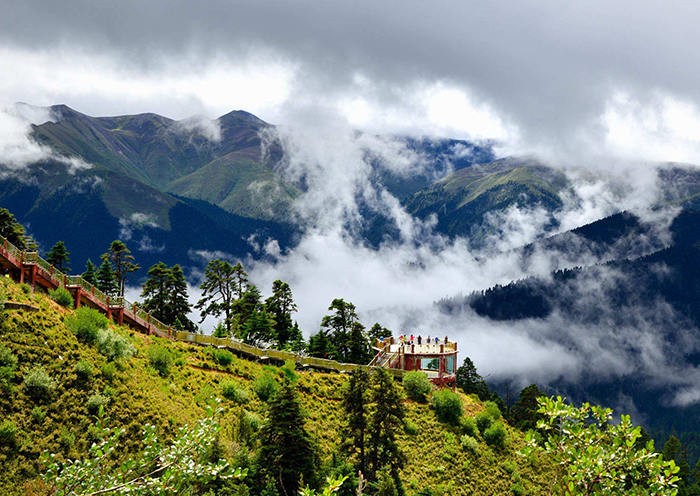
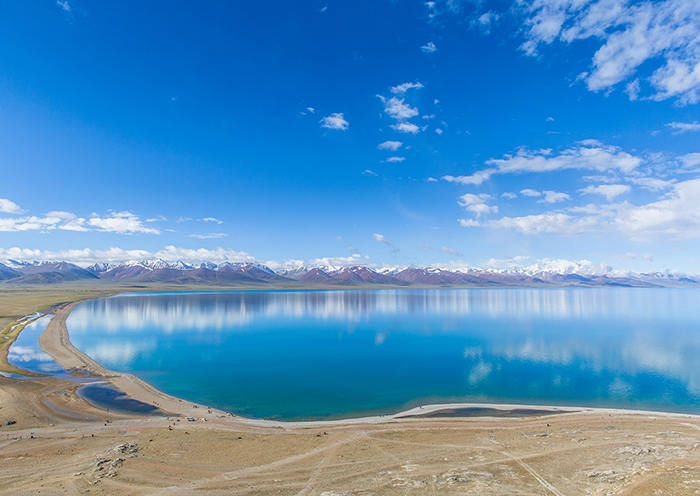
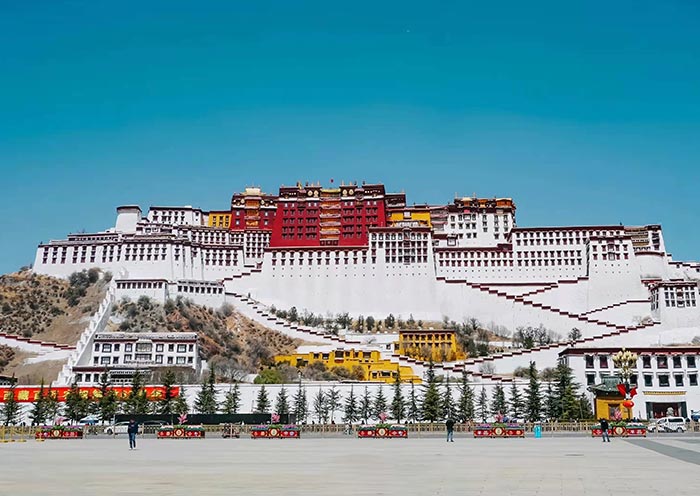
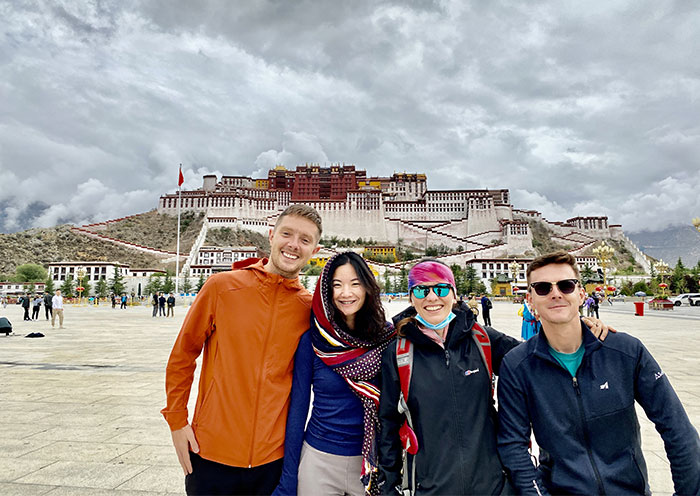
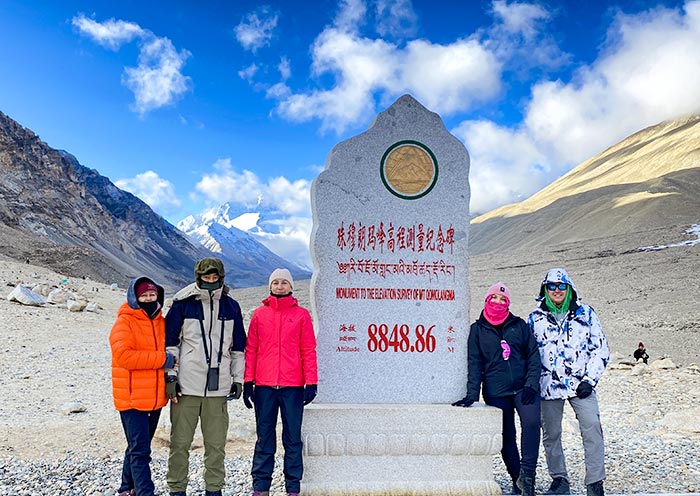
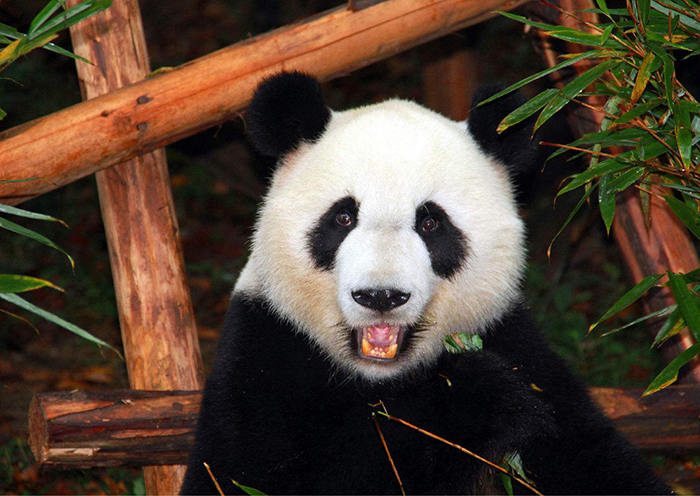
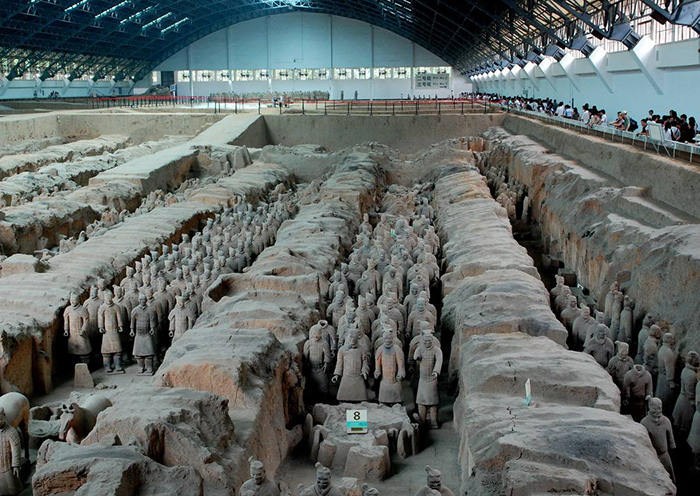
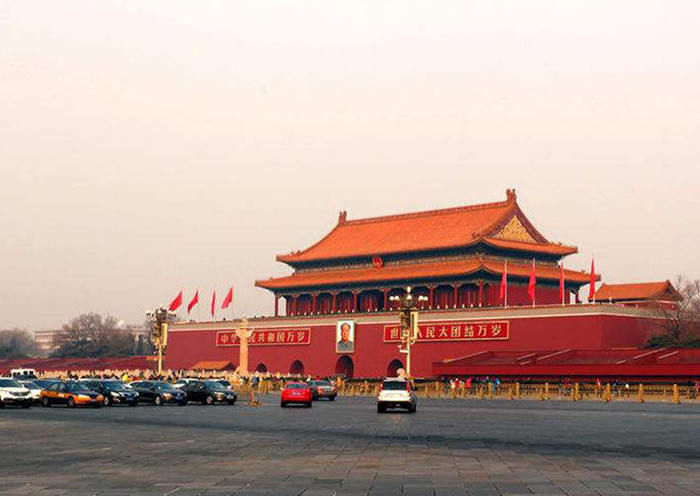
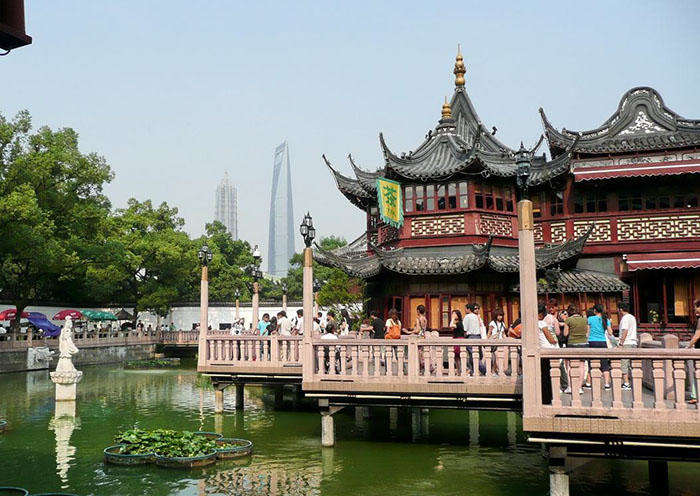
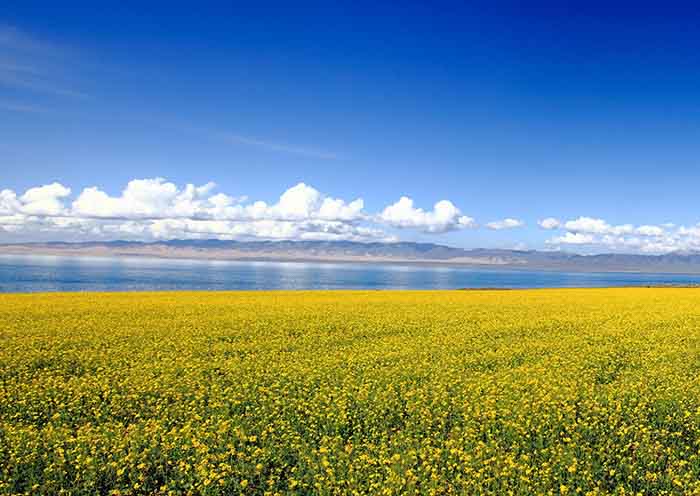
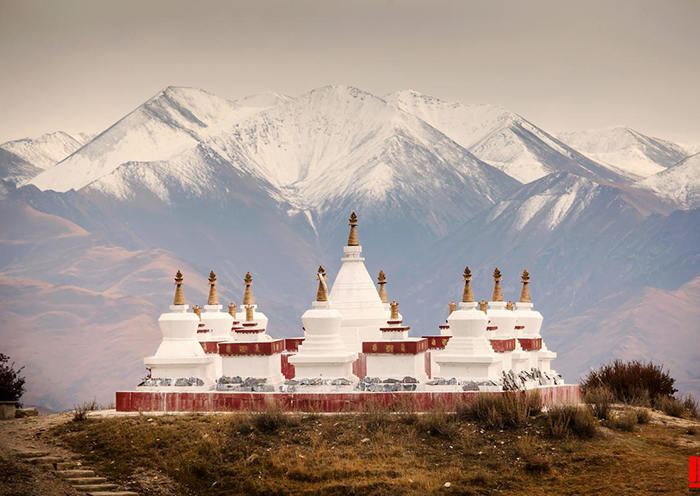
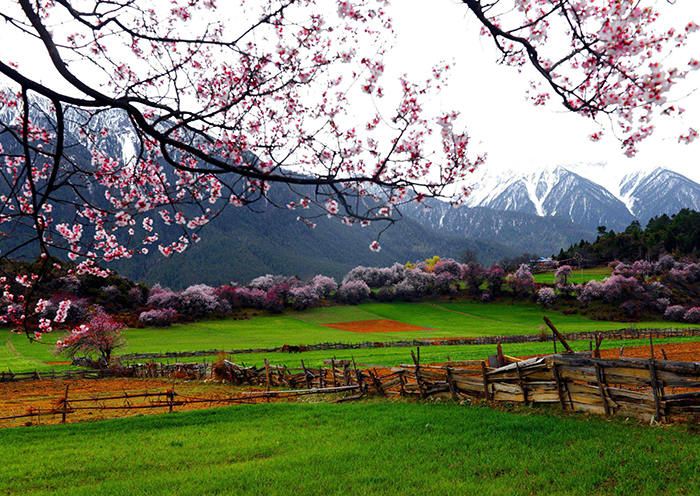
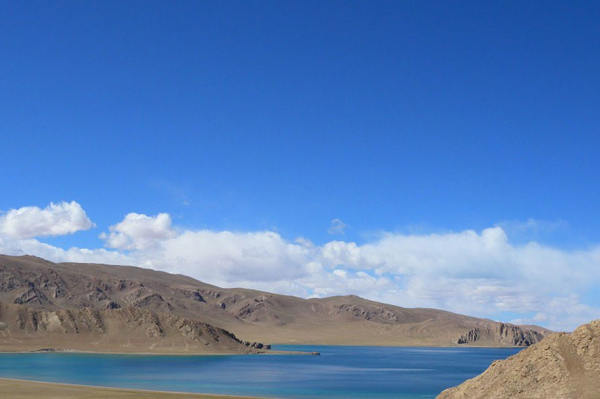
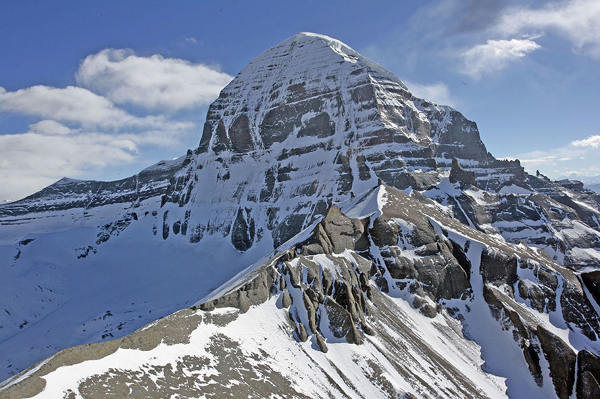
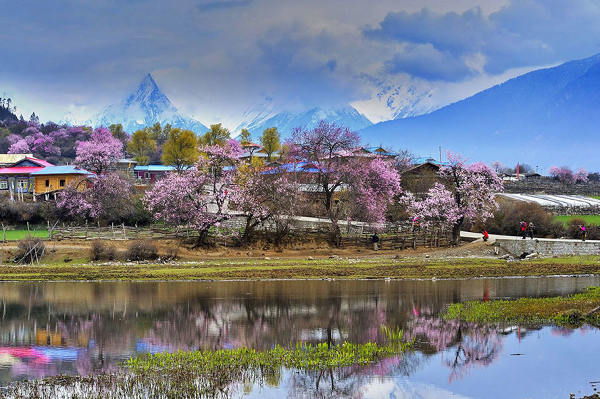
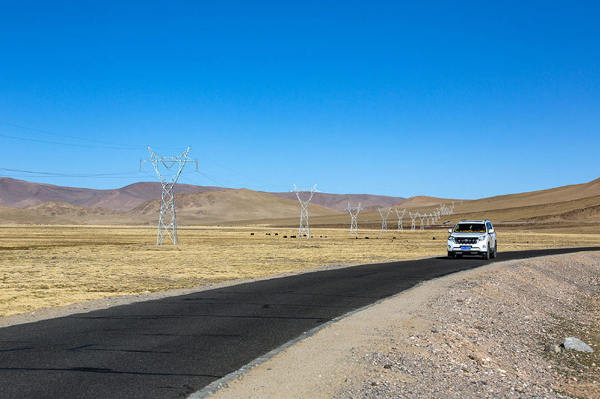

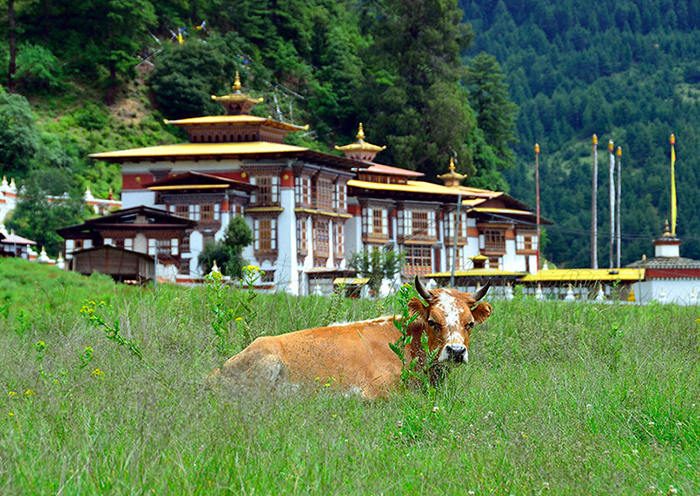
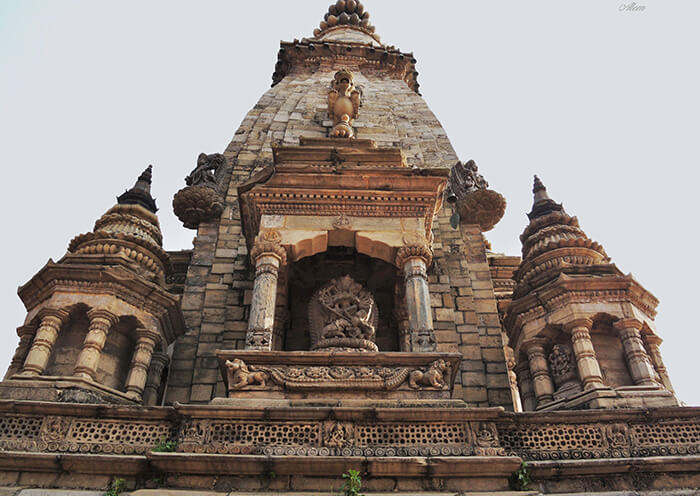
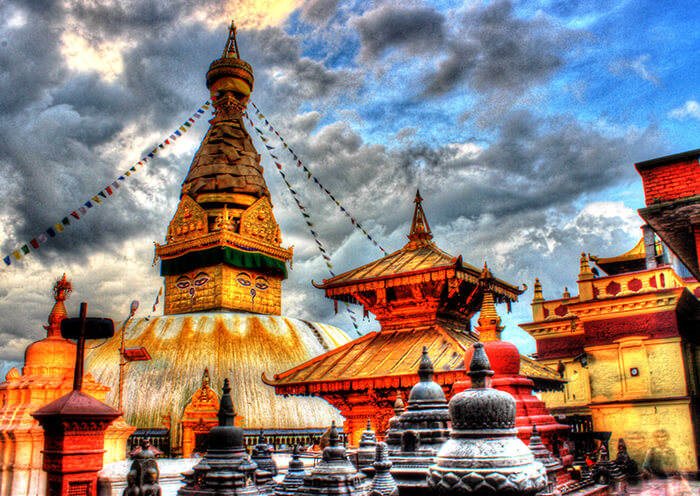

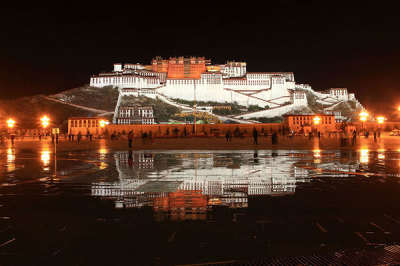
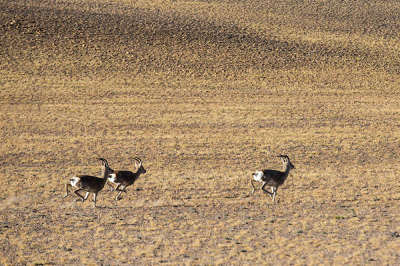
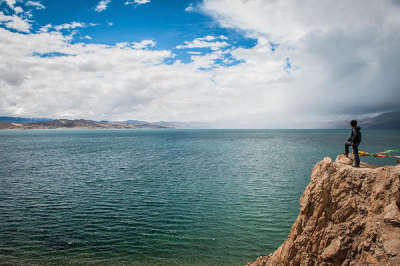

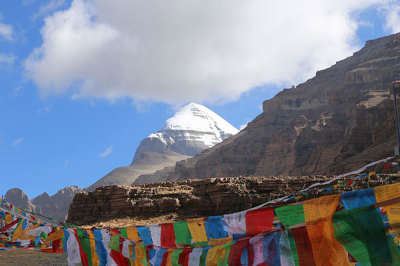
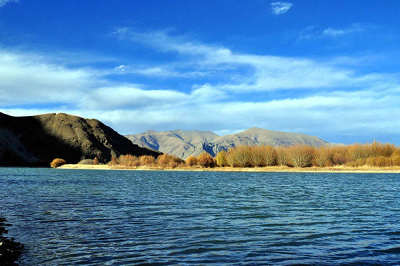

 Data in submission...
Data in submission...